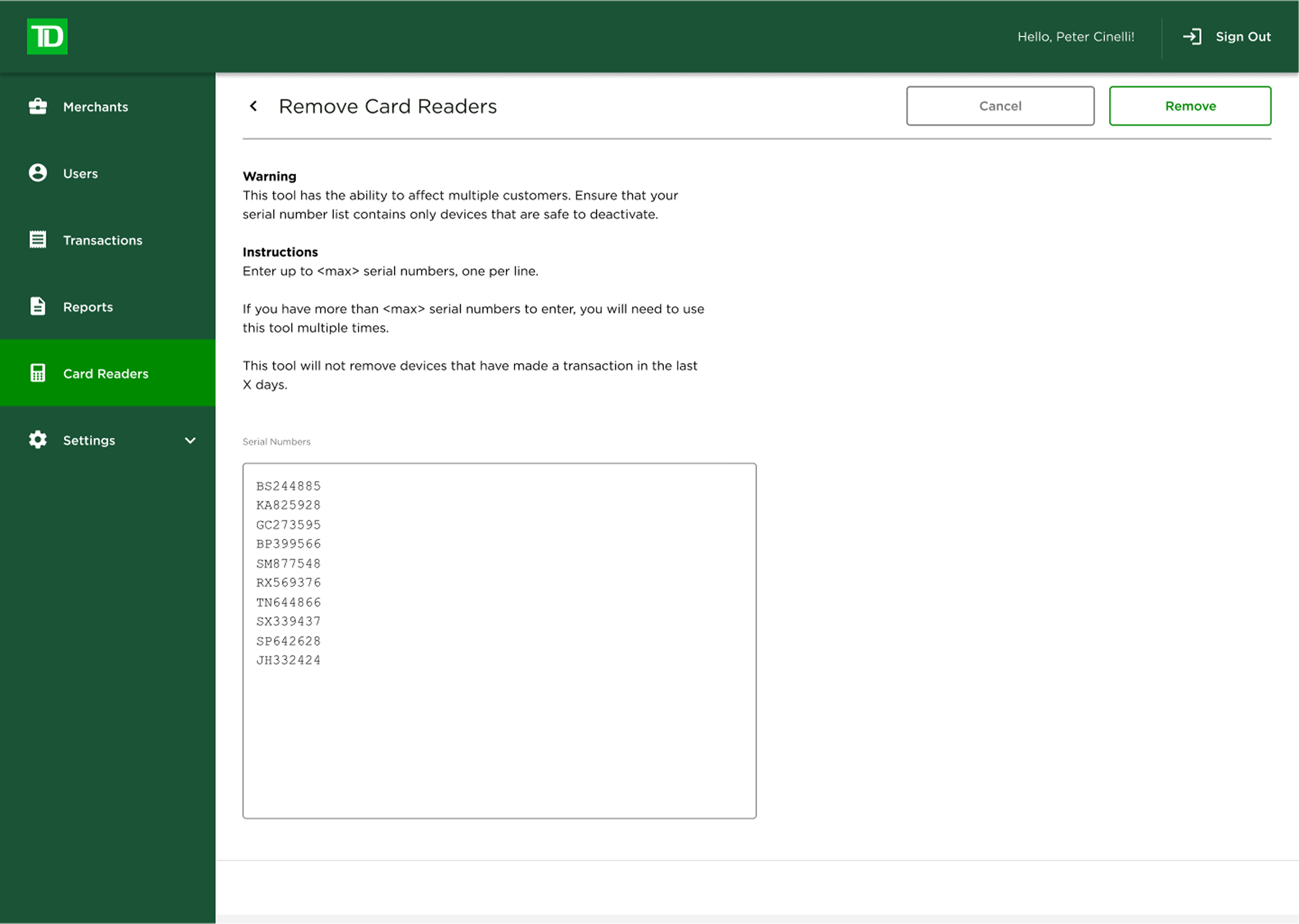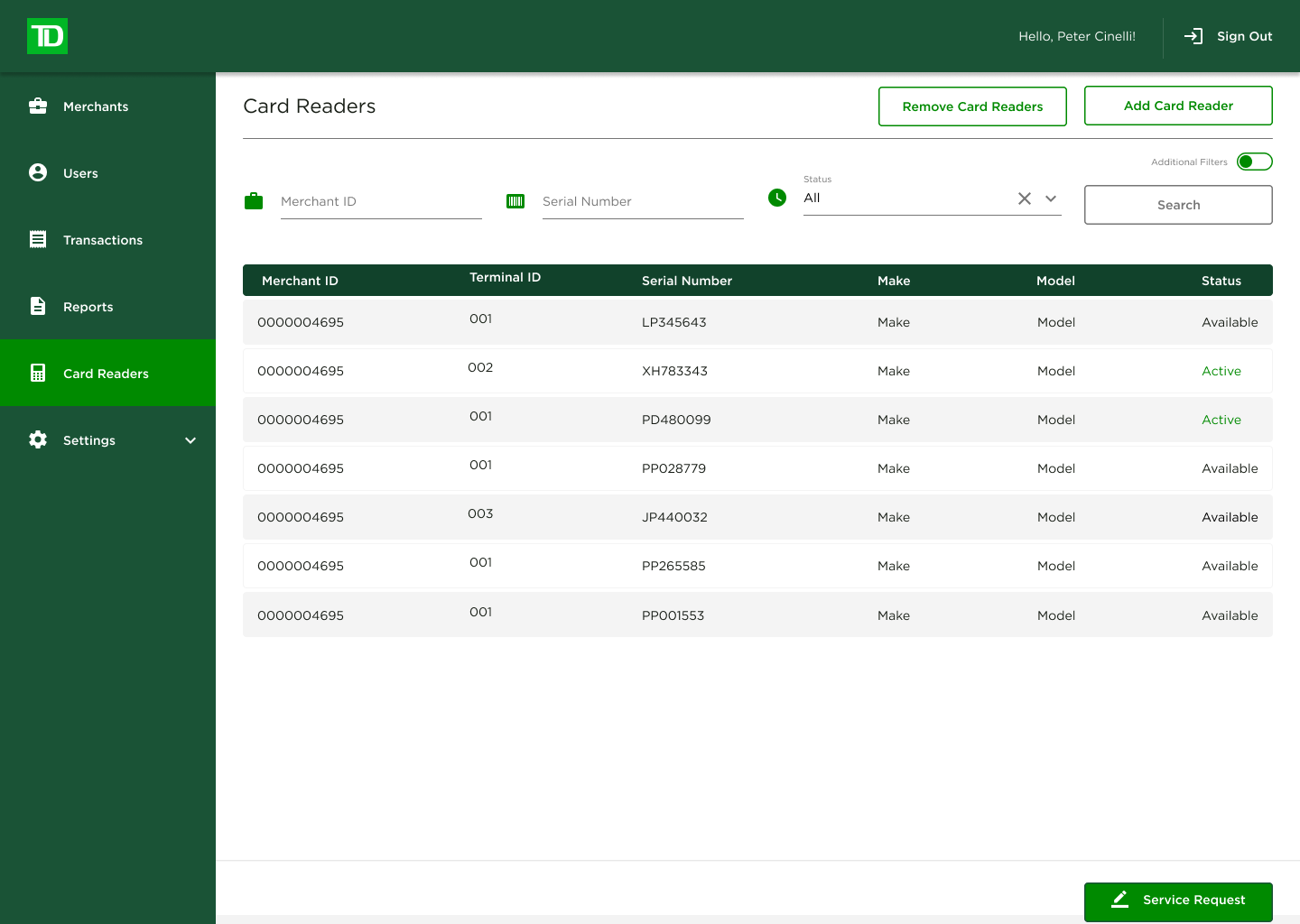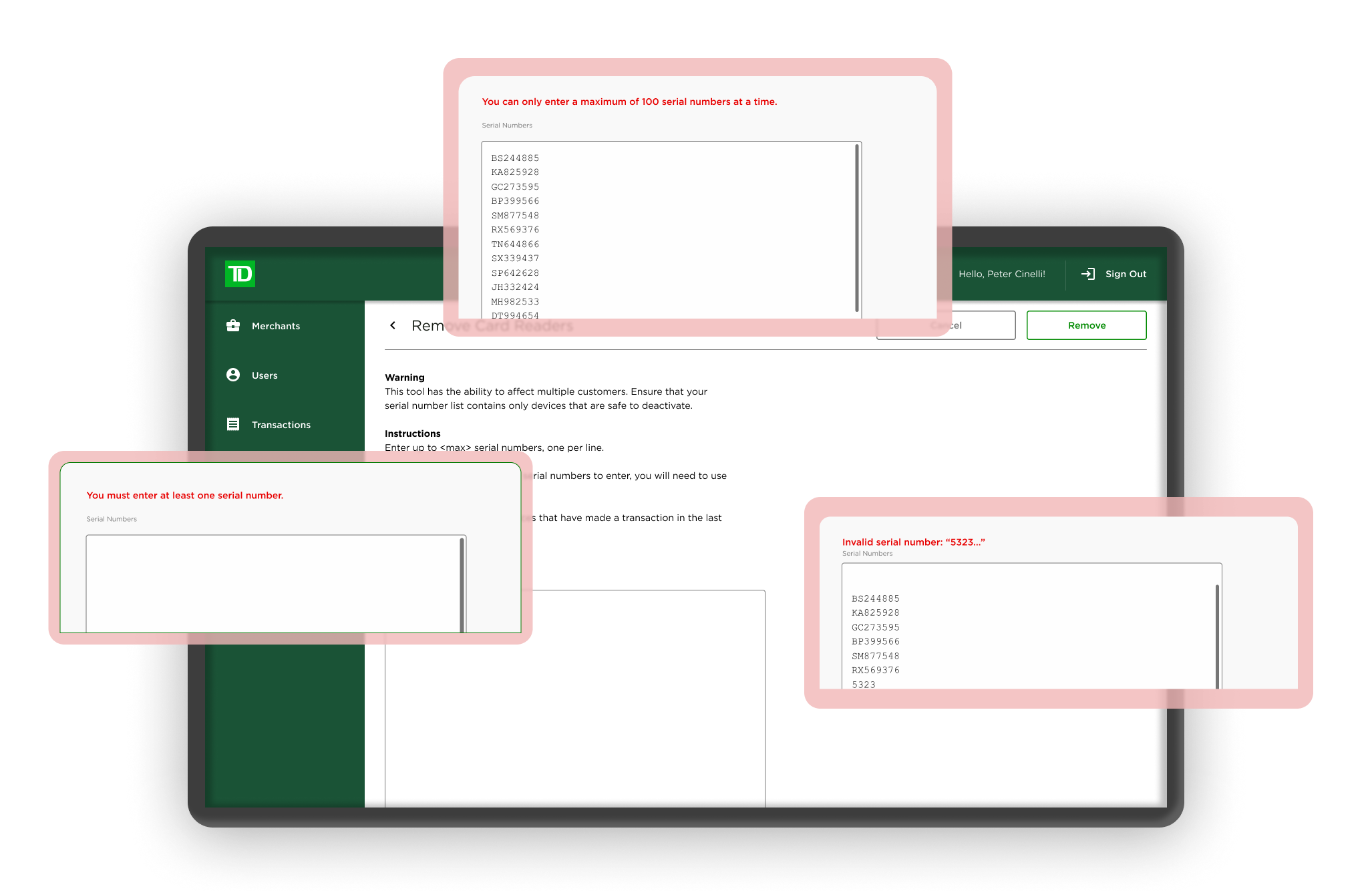From Tedious Entry to Effortless Batch Processing
We transformed what was once a slow, repetitive task into a smooth, effortless flow.
Instead of typing serial numbers one by one, operators can now simply paste up to 150 at a time straight from Excel or a text file.
System feedback mechanism through automated email confirmations
Once a deletion is completed, automatic confirmation emails are sent to both the person who initiated the action and the TD admin group, clearly outlining what was done, when it happened, and which serial numbers were affected.






